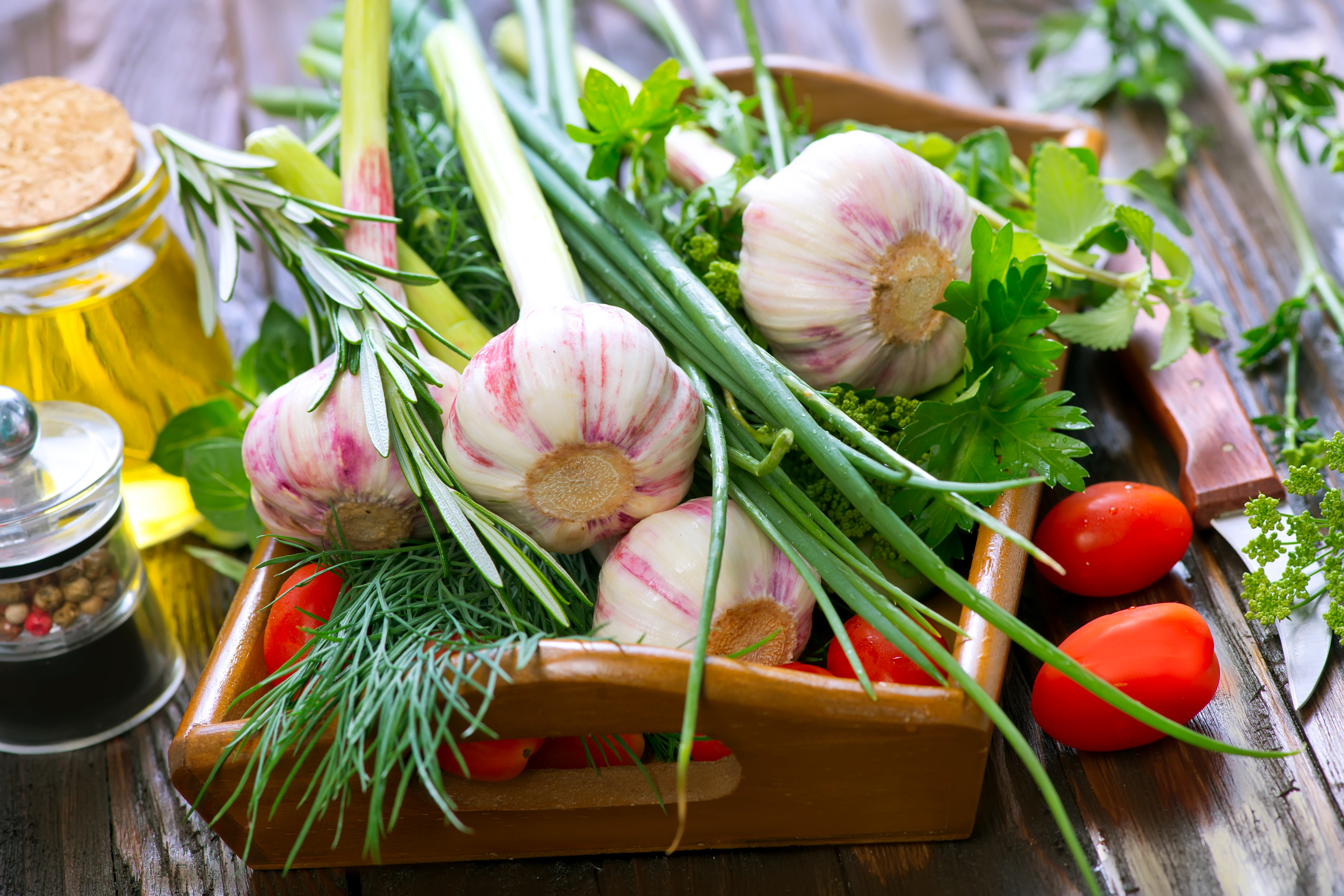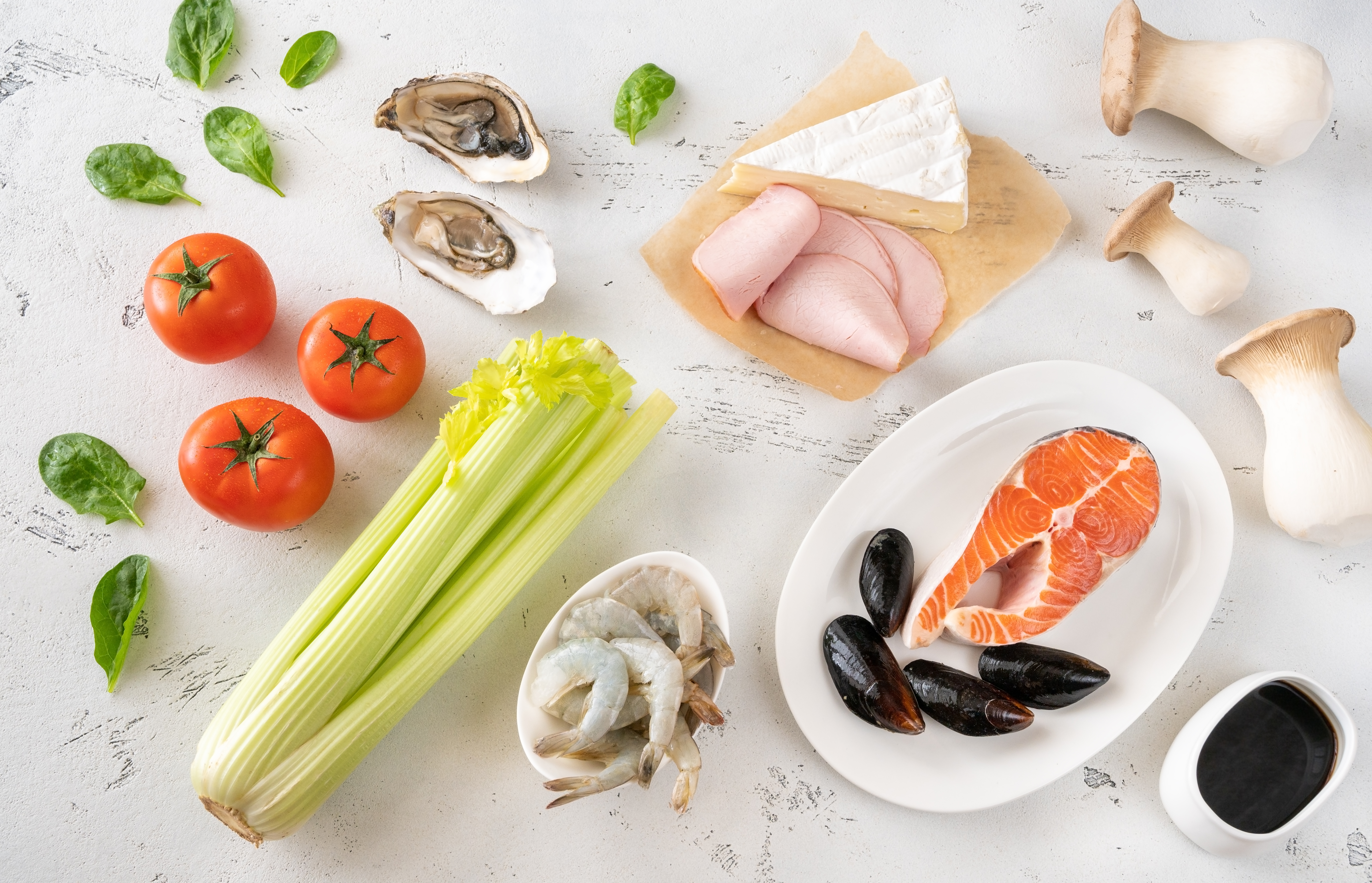14 Delicious Low-Sodium Swaps You'll Actually Crave
In an era where dietary choices are increasingly scrutinized for their health impacts, sodium intake has become a focal point of concern. Many individuals are advised to reduce their sodium consumption due to its association with hypertension and cardiovascular diseases. However, the challenge lies in maintaining flavor while adhering to a low-sodium diet. This article delves into 14 innovative swaps that allow you to savor the flavor without the sodium overload. These alternatives not only enhance taste but also help meals stay indulgent and satisfying. By exploring these options, you can transform your culinary experience into a healthier yet equally enjoyable journey.
1. The Power of Herbs and Spices

Herbs and spices are nature's gift to flavor enhancement. They add depth and complexity to dishes without the need for sodium. Basil, oregano, thyme, and rosemary are just a few examples of herbs that can transform a meal. Spices like cumin, paprika, and turmeric bring warmth and earthiness to dishes. These ingredients are not only flavorful but also packed with antioxidants and anti-inflammatory properties. By incorporating a variety of herbs and spices into your meals, you can enjoy vibrant, aromatic dishes that tantalize the taste buds and support overall health—no salt needed.
2. Umami: The Fifth Taste

Umami, often described as a savory or meaty taste, is one of the five basic tastes alongside sweet, sour, bitter, and salty. It is found naturally in foods like mushrooms, tomatoes, and aged cheeses. Umami-rich ingredients can enhance the flavor of dishes, making them taste more satisfying without the need for added sodium. Incorporating these elements into your cooking can dramatically boost flavor, allowing dishes to feel complete and satisfying without added sodium. By understanding and utilizing umami, you can create dishes that are both flavorful and low in sodium, offering a fulfilling culinary experience.
